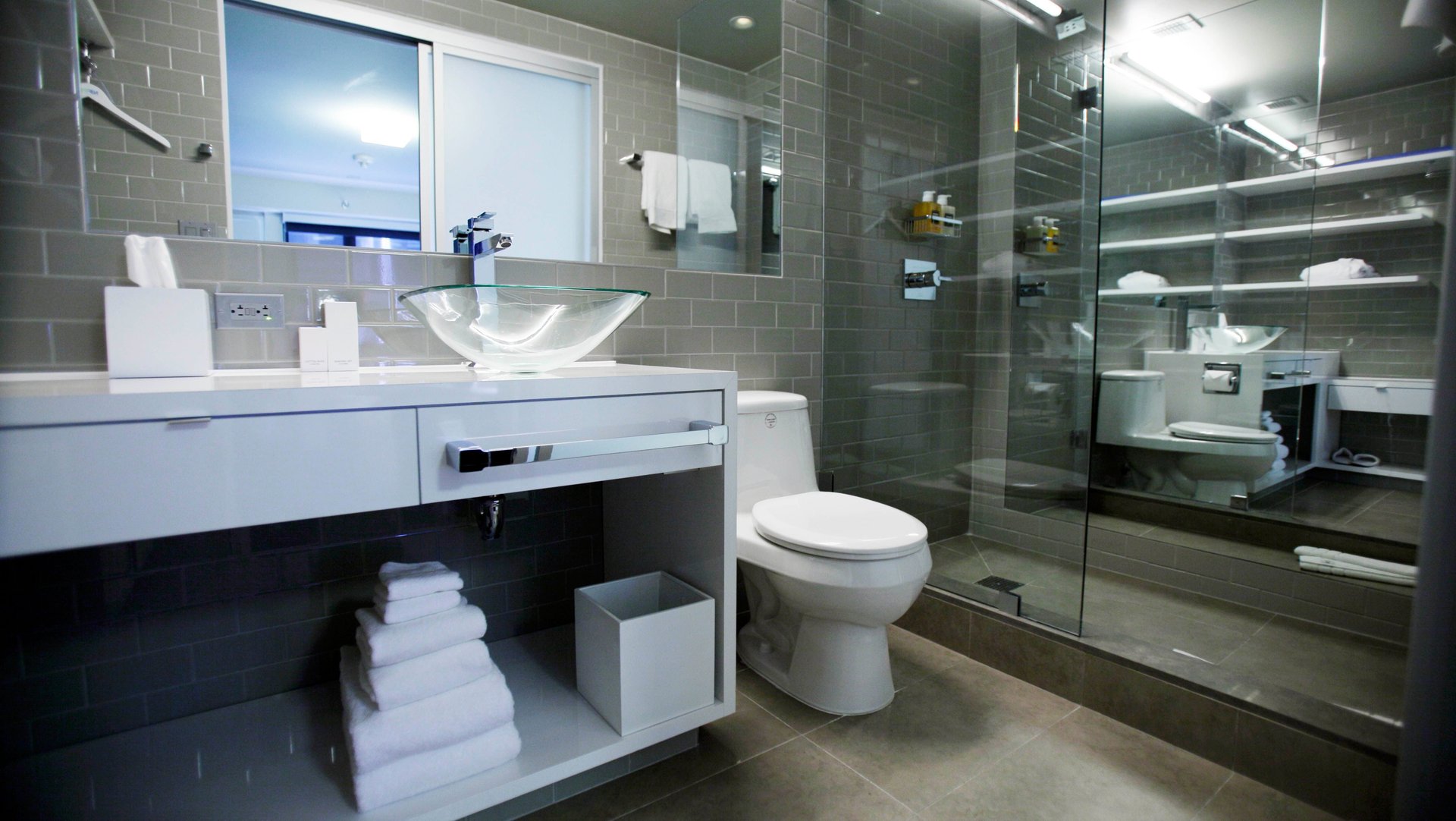Toilet paper, cotton swabs, tampons, and baby wipes hurt the environment. Here’s how to do better
Toilet paper, tampons, cotton swabs, and baby wipes are all personal care staples that, perhaps surprisingly, come with hefty environmental costs. From upstream problems, like logging crucial boreal forests for wood pulp that becomes toilet paper, to post-use issues like the centuries it can take a tampon to biodegrade, many of these single-use products come with serious environmental costs. There are smarter, more ecologically sound choices to make for almost every item, and some may even be upgrades. Here’s how to choose personal products wisely.


Toilet paper, tampons, cotton swabs, and baby wipes are all personal care staples that, perhaps surprisingly, come with hefty environmental costs. From upstream problems, like logging crucial boreal forests for wood pulp that becomes toilet paper, to post-use issues like the centuries it can take a tampon to biodegrade, many of these single-use products come with serious environmental costs. There are smarter, more ecologically sound choices to make for almost every item, and some may even be upgrades. Here’s how to choose personal products wisely.
Toilet paper
Problem: Much of the toilet paper in the US is made from virgin-wood pulp sourced from Canadian boreal forests, which are a crucial carbon sink. The Natural Resources Defense Council, a nonprofit, recently released a report finding that the average four-person US household uses more than 100 lbs (45 kg) of toilet paper a year, “far outpacing the rest of the world and driving a dangerous ‘tree-to-toilet pipeline’ whereby trees are converted into pulp, turned into toilet paper, and flushed away.”
Better choice: Single-ply paper made from recycled pulp. The NRDC offers a handy guide to which brands use post-consumer waste to make toilet paper. And don’t think that just because your toilet paper is thin and scratchy it’s good for the environment—even some budget rolls got a D on nonprofit’s sustainability scorecard. NRDC researcher Shelly Vinyard told me that after they published the guide, they heard from more than a few passionate fans of Who Gives a Crap wanting to make sure the company got a shout-out. It offers a toilet paper subscription service featuring rolls made from 100% recycled paper or bamboo (and wrapped in bright prints bearing the cheeky name).
Best choices: There are some very dedicated environmentalists out there who use “family cloth,” essentially rags repurposed into toilet paper, which are laundered after each use. For obvious reasons, this is probably not for most people. Installing a bidet is probably easier than you think, and will radically reduce toilet paper use. Vinyard also recommended giving brands feedback and letting them know that there’s a real demand for toilet paper made from recycled paper, not trees. Note: The same goes for facial tissues. Look for brands that use post-consumer recycled paper. Or go old-school and carry a handkerchief.
Cotton swabs
Problem: Cotton swabs have a disposal issue. They are often flushed down the toilet after use and end up in waterways, in the bellies of birds and other aquatic creatures, and even in the tails of seahorses. Italy has banned swabs with plastic stems, and the UK has proposed a similar ban, with plastic straws and stirrers on the list as well.
Best choice: This one is easy—follow the advice of doctors and stop using cotton swabs altogether. Dr. Peter Svider, an otolaryngology resident at Wayne State University in Michigan, told Time magazine that cotton swab injuries were responsible for a large portion of adult emergency-room visits for ear trauma in the US. And they’re not even that good at cleaning ears. “The way the cotton swab is designed—it’s really not a good tool for removing wax,” he said. “You tend to push more in than you pull out.”
Ear wax cleans the ear canal. Just rinse your ears in the shower with warm water and you should be fine. Can’t give up the satisfaction of the swab? Go for ones with paper stems, but beware of becoming a compulsive Q-tipper.
Tampons and sanitary pads
Problem: Periods are already such a drag that adding one more task to the list of proper feminine self-care feels unfair. Still, pads end up in landfills, as do tampons, which also wreak havoc on plumbing.
Better: Go applicator-free with your tampons. In 2017, the nonprofit Clean Ocean Action reported picking up more than 4,000 tampon applicators (pdf) from New Jersey shores during its two annual beach clean-up events.
Best: More absorbent-underwear brands have been hitting the market, among them Knix, Thinx, and Luna. A few drawbacks: They’re fairly pricy, starting at about $25 a pair, and they don’t last forever. Menstrual cups, like the DivaCup and Keeper, have been growing in popularity—so much so that Tampax offers them. They cost around $25 depending on the brand and the medical grade silicone, and can safely last for up to a decade.
Baby wipes
Problem: Baby wipes have all the problems. They’re usually made with cotton—one of the world’s thirstiest, most polluting crops—and woven with plastic polymers for strength. They clog sewers and waste-water treatment plants. They help fatbergs form. They reshape riverbeds. We shouldn’t flush them, but we do. And we’re hellbent on making a wipe for everything from putting on sunscreen to taking off makeup to cleaning kitchen counters, and as an even worse alternative to toilet paper.
Better: For parents, wipes may be the convenience that keeps their sanity intact. Don’t throw them in the toilet, and try something reusable like washcloths or burpcloths for grubby hands and faces. All other wipes, avoid. Adults who favor wipes for personal use—treat yourself to a bidet-style toilet seat.
Best: Reusable wipes can be soaked in a mild soap solution and stored in a standard wipes container. If you’ve already switched to cloth diapers, which is easier than it sounds, just throw the dirty ones in the diaper pail. Even better, make them yourself from old t-shirts and towels—anything soft and absorbent.